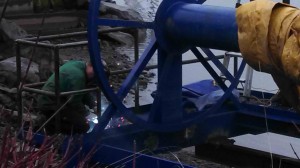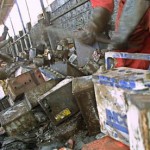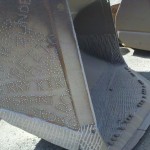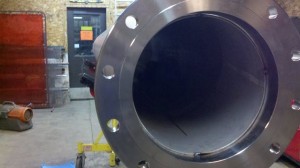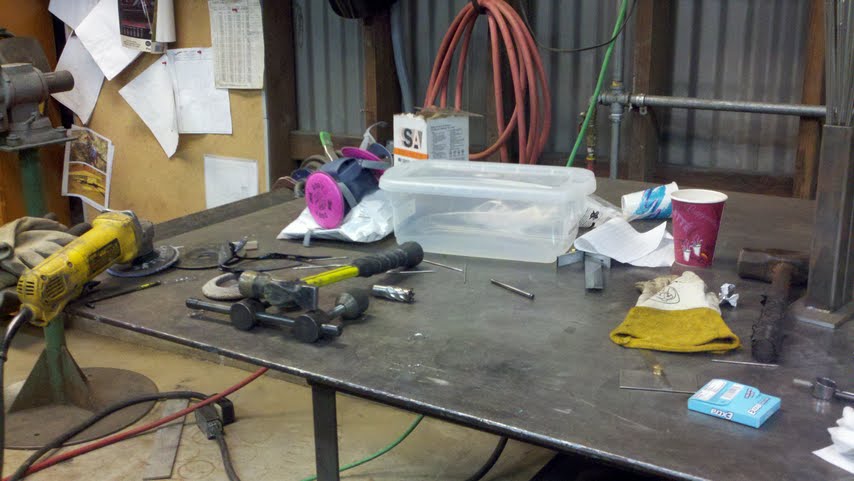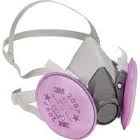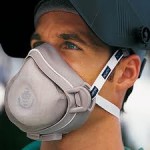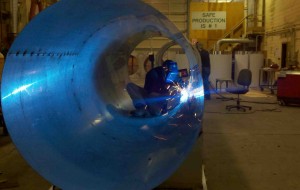Wed 13 Feb 2013
Welding health & safety
Posted by admin under Chlorinated Solvent, confined space, Engineering Controls, Galvanized welding, Hexavalent chromium, Noise, Personal Protective Equip (PPE), Respirators, Risk, Stainless Steel, ventilation, Welding
Comments Off on Welding health & safety
I’m easily impressed with welding and welders. Welding looks so simple, yet hard, dangerous and permanent.
When interviewing your welder, here are some questions to ask: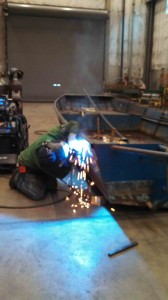
- What type of welding are you doing?
- What type of metal do you weld on? (mild steel, stainless, galvanized)
- Is there any coating on the metal?
- What type of flux is used?
- Where do you weld?, and then, “Where else?”
- Is there any ventilation in the area you weld?
- Are there any flammables in the area?
- Do you wear any PPE when welding? (ear plugs, respirator, leather)
- When do you use fall protection?
- Do you have & use welding shields?
What makes welding so difficult is the number of variables involved. The welding variables can change by the minute. Educate your employees on these dangers.
After the above questions, if the employee is agreeable, I ask some additional questions. These are the ones that provoke the best stories:
- What is the strangest things you’ve welded?
- Have you ever welding in a really small (confined) area?
- Have you ever welded with exotic metals? fluxes?
- What’s the worst thing you’ve welded on?
- Have you ever gotten sick from welding?
There are many, many more questions to be asked depending on the answers. The authority on this subject, Michael Harris, has written an excellent book on this subject, “Welding Health and Safety“(ISBN 978-1-931504-28-7). It is available from AIHA. It is VERY detailed, and money well spent if you do welding. I have taken his short course (all day) and I learned more than I ever thought possible, and I still can’t even weld!
